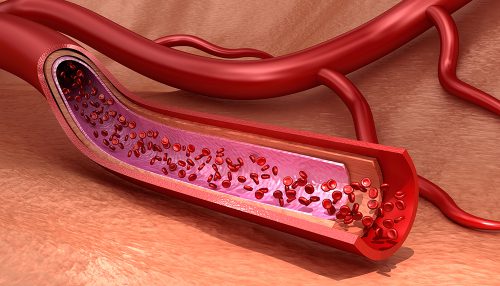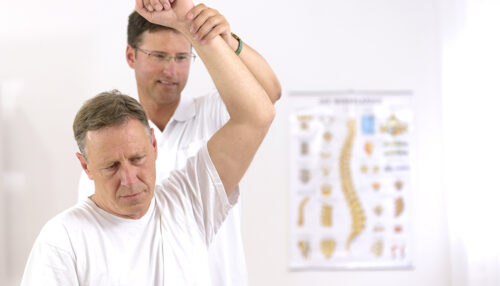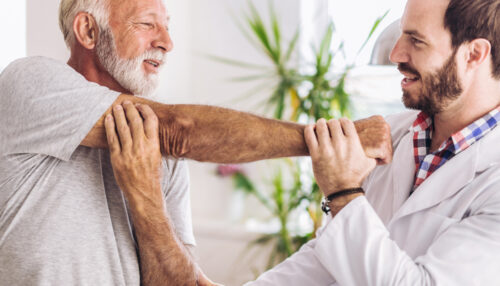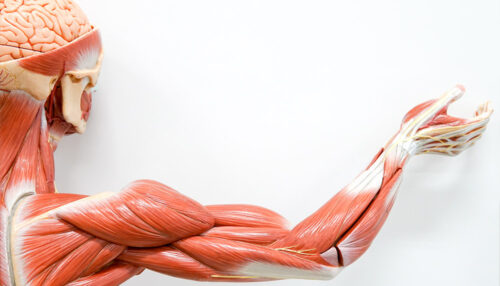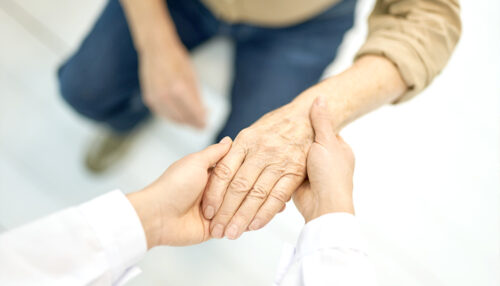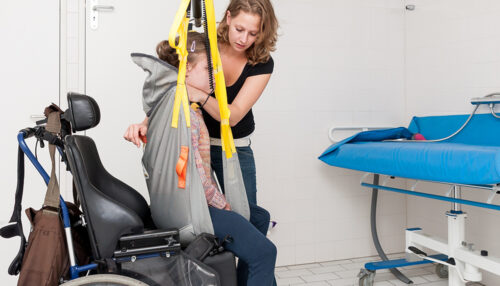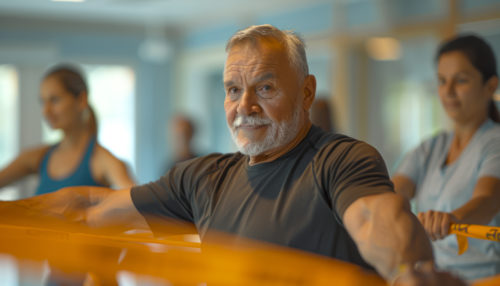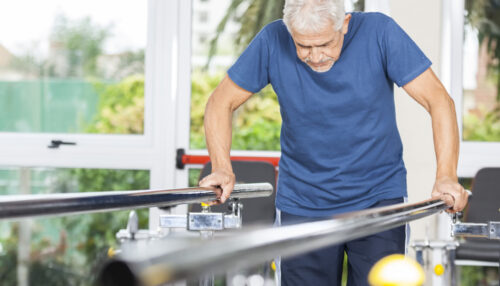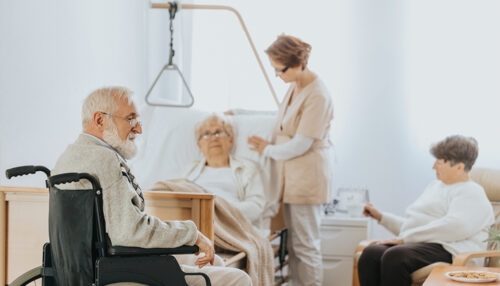
Hemispatial neglect, resulting from stroke, manifests as a reduced response to stimuli on the side opposite the brain injury, despite the absence of motor or sensory impairment. Patients with this syndrome experience difficulty in performing everyday activities, such as eating from one side of the plate or dressing from one side. It is a common […]

